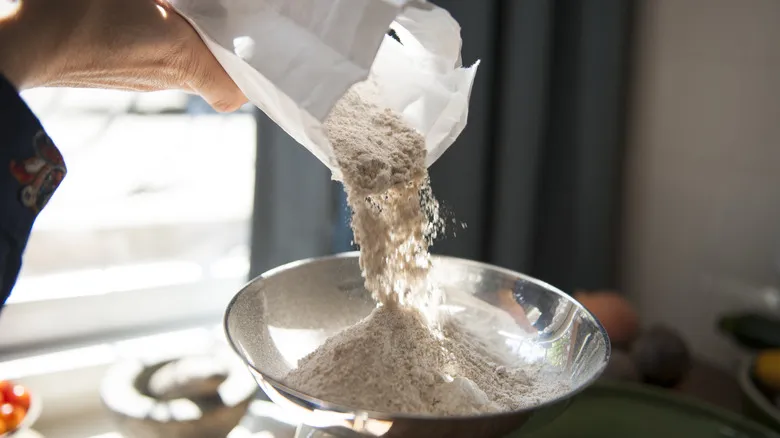Some types of flour expire quicker than others
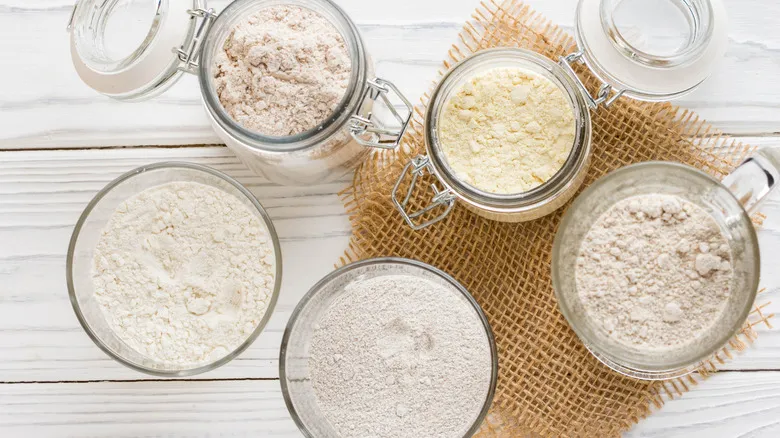
A bad smell or a lumpy texture can indicate that it's time to dispose of your flour, but various types may have different shelf lives. Whole wheat flour, for instance, needs special care regarding storage and usage. Nathan Myhrvold explained to Chowhound in an exclusive interview that "commercial whole wheat flour is produced by separating the bran from the white part of the grain (known as the endosperm), grinding them separately, and then heat-treating the bran." This process is essential because the bran contains oils that can go rancid over time. Unlike refined white flour, whole wheat flour has a shorter shelf life due to these oils, which can spoil and give your bread a bitter flavor.
For those who prefer freshly-ground whole wheat flour, Myhrvold recommends using it right away. This is especially important for home bakers who grind their own flour or buy coarse, freshly-ground whole wheat flour. Additionally, self-rising flour is another type that requires careful monitoring. Over time, the leavening agents can deteriorate and lose their potency, resulting in bread that is flatter than expected. The same applies to gluten-free flours made from whole grains. Nut flours also contain oils that shorten their shelf life compared to refined flours.
Storing flour properly for optimal freshness

Properly storing flour is crucial for preserving its freshness and extending its shelf life, which directly affects the quality of your bread. To keep your flour in optimal condition, place it in an airtight container and store it in a cool, dark location, like a pantry or cupboard. For whole wheat, gluten-free, and nut flours, which have shorter shelf lives due to their higher oil content, refrigeration or freezing is advisable. This prevents the oils from becoming rancid, helping to maintain the flour's quality and flavor for a longer time.
It's also wise to label your containers with the purchase or milling date to ensure you use the oldest flour first. If you buy flour in bulk, consider dividing it into smaller portions and freezing them until needed, as this can greatly extend its usability. While refined flour generally has the longest shelf life, it still won't last indefinitely. The key takeaway? The fresher your flour, the better your bread! By adhering to these storage guidelines, you not only safeguard your flour from spoilage and insect infestations but also ensure that every loaf you bake has the potential to rise beautifully and taste as fresh as possible.
Recommended
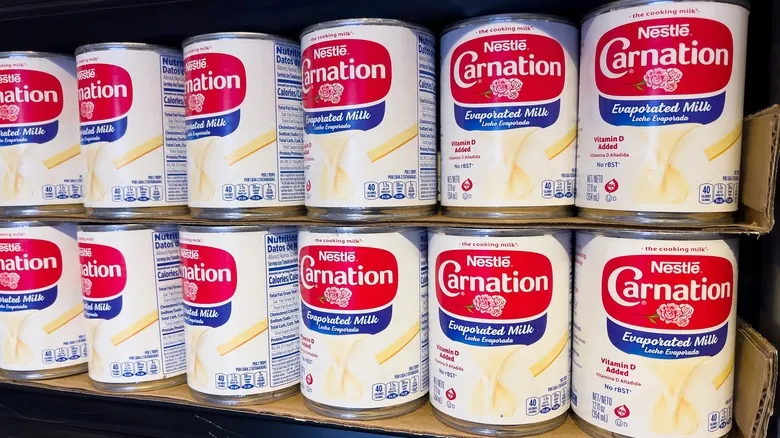
The Crucial Step To Using Evaporated Milk As A Substitute For Milk
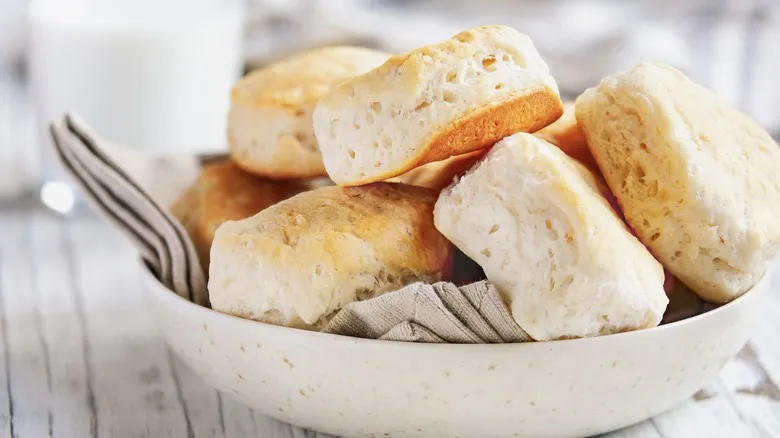
The Exact Difference Between Biscuits And Scones
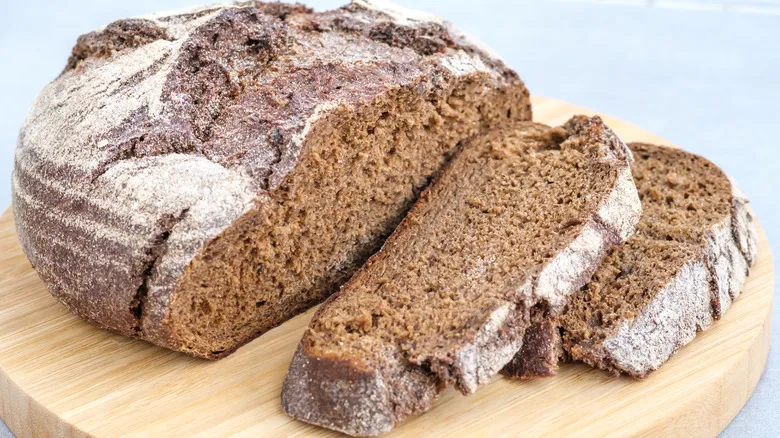
The Flour Tip You Need For Fluffier Rye Bread
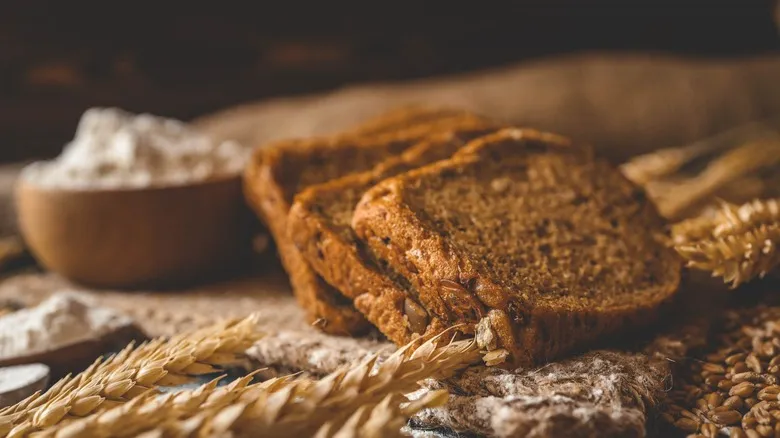
The Easiest Way To Upgrade A Rye Bread Recipe According To A Pro
Next up

